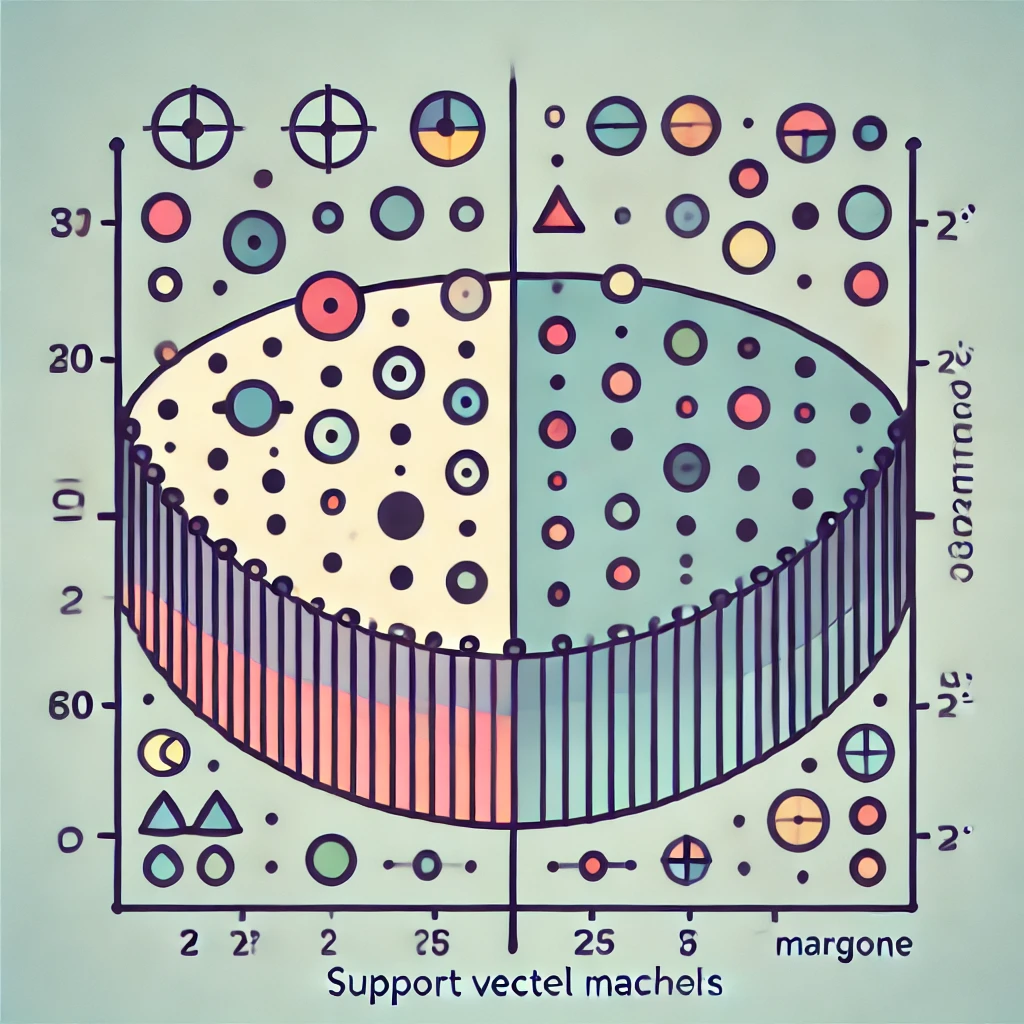The Fundamentals of Support Vector Machines

Support Vector Machines (SVMs) are a fundamental tool in machine learning, renowned for their effectiveness in classification tasks. They can handle linear and nonlinear data, making them versatile for a variety of applications, including regression and novelty detection. SVMs are particularly effective for small to medium-sized datasets, where they often outperform other classifiers in terms of accuracy.
Linear SVM Classification
At its core, an SVM aims to find the optimal hyperplane that separates data points of different classes. In a two-dimensional space, this hyperplane is simply a line. The "support vectors" are the data points that are closest to the hyperplane, and the distance between the hyperplane and these points is maximized to achieve the best separation. This method, known as hard margin classification, assumes the data is linearly separable—meaning the two classes can be completely separated by a straight line. However, real-world data often contains noise or overlaps, making strict separation challenging.
Soft Margin Classification
To address the limitations of hard margin classification, SVMs use a concept called soft margin classification. This approach allows some data points to be on the "wrong" side of the hyperplane or within a margin of tolerance, thus providing a more flexible and robust model. Soft margin classification not only handles linearly inseparable data better but is also less sensitive to outliers—data points that deviate significantly from the norm.
Nonlinear SVM Classification
While linear SVM classifiers work well for linearly separable data, they struggle with complex, nonlinear datasets. To tackle this, SVMs can be extended to handle nonlinear classification by mapping the original data into a higher-dimensional space where a linear separation is possible. This is where the concept of kernel functions comes into play.
The Polynomial Kernel and the Kernel Trick
A straightforward approach to handle nonlinear data is to add polynomial features to the dataset. However, this method can become computationally expensive and impractical with very high polynomial degrees, as it leads to an explosion in the number of features.
The kernel trick offers an elegant solution to this problem. It allows the SVM to operate in a high-dimensional space without explicitly computing the coordinates of the data in that space. Instead, the kernel function calculates the dot product between the data points in the higher-dimensional space directly, thus avoiding the computational burden of actually transforming the data. This trick enables the SVM to learn complex boundaries efficiently, even in very high-dimensional spaces.
Key Concepts in SVMs
-
Support Vector: Support vectors are the data points closest to the hyperplane. They are critical because they define the position and orientation of the hyperplane. The SVM algorithm uses these points to find the optimal margin of separation between different classes. Removing these points would change the position of the hyperplane, whereas removing any other point would not.
-
Importance of Scaling Inputs: SVMs are sensitive to the scale of the input data. Features with larger ranges can dominate the calculation of the hyperplane, leading to biased results. Therefore, it is crucial to scale all features to a similar range, typically using techniques like standardization or normalization, before training the SVM model. This ensures that all features contribute equally to the model's decision-making process.
Support Vector Machines remain a cornerstone of machine learning, especially in tasks where accuracy and performance on small to medium-sized datasets are paramount. By understanding the principles behind SVMs, including support vectors, the importance of soft margins, and the kernel trick, practitioners can leverage this powerful tool to solve a wide range of classification problems.